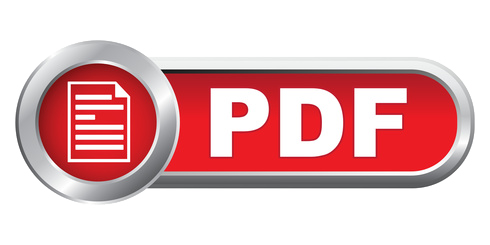Management / Business Management
Enterprise Risk Management
MB312
No Schedule Course Found, You can Request Schedule or ask for a proposal to get as in-House for your team. Request eProposale
In an increasingly complex and interconnected business environment, mastering Enterprise Risk Management (ERM) is vital for ensuring corporate stability and resilience. This advanced-level course empowers senior professionals to embed risk awareness throughout their organization and effectively manage strategic, compliance, reporting, and operational risks. Participants will learn how to align ERM with governance structures to drive informed decision-making and safeguard organizational objectives.
By the end of this course, participants will be able to:
- Define and explain the principles and components of Enterprise Risk Management
- Apply risk-based decision-making techniques in various business contexts
- Identify, assess, and control risks across multiple organizational functions
- Integrate ERM with corporate governance and control frameworks
- Implement ERM processes aligned with best practices and regulatory standards
- Risk Managers
- Internal Auditors
- Financial Controllers
- Senior Executives and Directors
1. Introduction to Enterprise Risk Management
- Understanding risk perception
- Internal and external risk environments
- Risk-based ERM definitions
- The importance of managing risk
2. Corporate Governance and Risk Management
- Defining corporate governance
- Governance scope and GRC framework
- COSO ERM Cube overview
- Role of risk-based decision making
3. The Corporate Control Environment
- COSO ERM process structure
- Internal controls design through risk lens
- Environmental impacts on controls
- Risk-Based Internal Auditing practices
4. Evolution of ERM
- History and development of risk management
- Key ERM objectives and classifications
- Types of organizational risks
- Risk identification techniques
5. Risk Categories and Control Tools
- Strategic, operational, reporting, and compliance risks
- Tools and techniques for risk control
- Designing control frameworks
6. ERM Process Framework
- Setting internal environments and objectives
- Event identification and risk assessment
- Risk response planning
- Control activities and communication strategies
- Monitoring and reviewing risks
7. Integrating ERM with Strategy and Performance
- Linking risk to business strategy
- Performance indicators and risk tolerance
- Embedding risk thinking in strategic planning
8. Risk Reporting and Communication
- Creating effective risk reports
- Communicating risk to stakeholders
- Using dashboards and risk heat maps
9. Industry Case Studies
- ERM in financial institutions
- ERM in manufacturing and service sectors
- Lessons learned from failures and successes
10. Final Assessment and Review
- Group presentations
- Final quiz
- Course review and feedback
The course combines various teaching methods, including instructor-led presentations, group discussions, case study analyses, and assessments through quizzes and a final exam to engage participants and ensure they understand and retain the material.
Terms & Conditions
ACTrain reserves the right to alter the Course Schedule without Prior Notification, Fees Quoted are Subject to Terms & Conditions Outlined in ACTrain's Registration Policy







